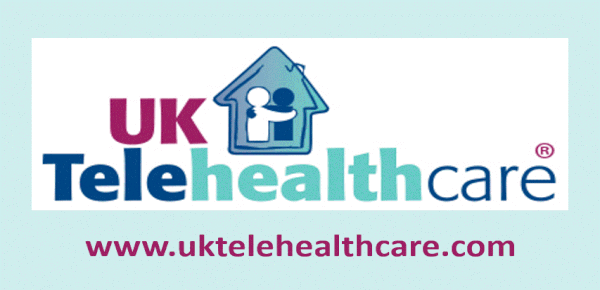Breaking News. According to an exposé published yesterday in The Wall Street Journal*, low-cost and fast growing small sample blood testing company Theranos [TTA 28 Aug] is not ‘doing what it says it does’. Four former employees allege that Theranos’ testing system, dubbed the Edison, which processes small finger-pricked blood samples collected in ‘nanotainers’, only handles a fraction of the tests claimed–19 out of 205. In a complaint to regulators, one Theranos employee accused the company of failing to report test results that raised questions about the precision of their proprietary Edison system–and that most of the tests were being run on traditional testing machines which required dilution of the tiny samples. The article reports on serious questions which have been raised on the accuracy of the Edison testing versus conventional testing, including the integrity of finger-pricked blood and sample dilution. Gaps in results were seen last year on tests for vitamin D, two thyroid hormones and prostate cancer, though Theranos has been reporting its tests to CMS in a process that all labs go through called proficiency testing, and has one test for herpes that has been FDA cleared.
In a follow up article, Theranos reportedly is no longer collecting nanotainers except for the FDA cleared herpes test.
Theranos is currently valued at $9 billion and has raised over $400 million in VC funding.
According to the first article, British biochemist Ian Gibbons, (more…)






Most Recent Comments